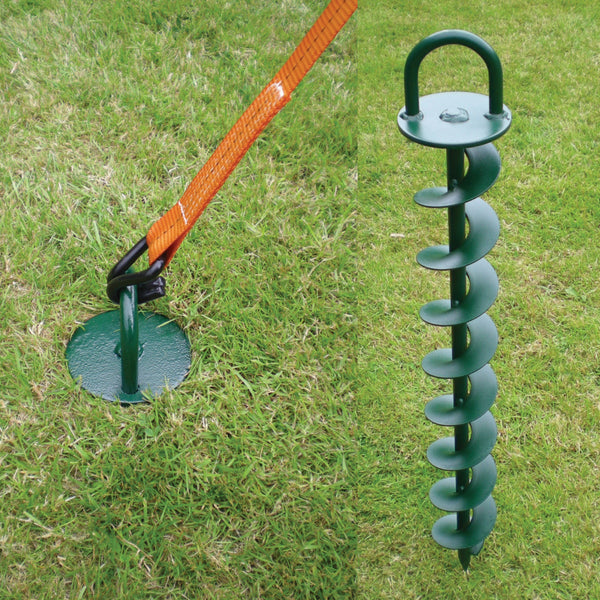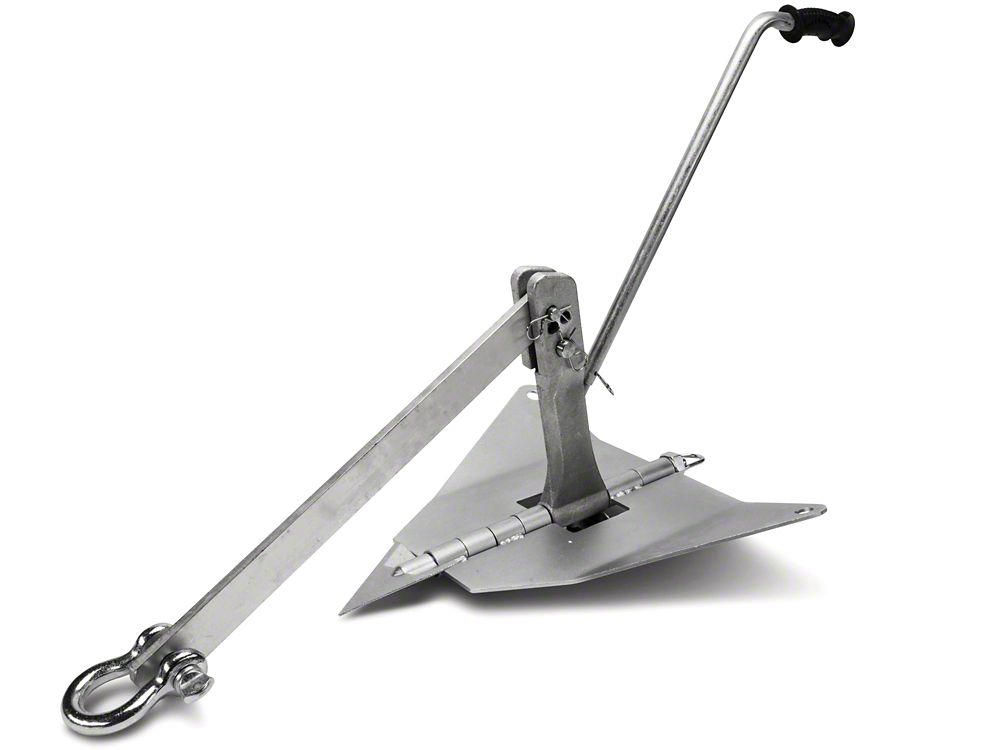Learning About the Role of a Ground Anchor in Securing Heavy Loads
Learning About the Role of a Ground Anchor in Securing Heavy Loads
Blog Article
Discover the Various Sorts Of Ground Anchor for Your Next Project
When getting started on a building or landscaping task, comprehending the numerous kinds of ground anchors offered is crucial to making sure both stability and sturdiness (Ground Anchor). From auger anchors, which master diverse soil problems, to risk anchors created for temporary installations, the options are various. Furthermore, concrete and screw supports present special benefits in details circumstances, while deadman supports are customized for applications calling for resistance to side pressures. The option of a suitable support type can dramatically influence the overall success of your task, triggering further expedition into their respective benefits and applications.

Auger Anchors
Auger anchors are a popular choice in numerous building and landscaping tasks as a result of their one-of-a-kind layout and effective securing capabilities. These supports include a helical screw-like shaft that is driven into the ground, permitting a stable and protected hold. The spiral design helps with easy installment and optimizes resistance versus side pressures, making auger supports especially efficient in applications such as fence, short-lived frameworks, and erosion control.
The installment process of auger anchors is reasonably simple. Auger supports can be easily gotten rid of and reused, which adds to their cost-effectiveness and sustainability.
Among the substantial advantages of auger supports is their ability to distribute lots uniformly across the bordering soil, minimizing the risk of dirt disturbance and decreasing ecological effect. Furthermore, they are less vulnerable to heaving or loosening over time compared to typical anchoring methods. Auger anchors are an exceptional selection for projects calling for durable and trustworthy anchoring options.

Risk Anchors
When it concerns safeguarding frameworks in a selection of outdoor applications, stake supports provide a straightforward and trustworthy option. These anchors are commonly created from long lasting products such as steel or aluminum, developed to stand up to ecological stresses while offering optimum security. Their straightforward design permits fast installation, making them an ideal choice for irreversible or short-term anchoring demands.
Risk supports are specifically useful in safeguarding tents, covers, and various other light-weight frameworks versus wind and climate. They function by being driven into the ground at an angle, producing a solid hold that resists pull-out forces - Ground Anchor. The efficiency of stake supports relies on a number of elements, consisting of soil kind, dampness material, and the angle of installation
For included safety and security, many stake anchors feature attachment points for ropes or straps, allowing for stress changes as required. In applications such as landscape design or construction, they can efficiently maintain equipment or frameworks on uneven terrain. Overall, stake supports offer a cost-efficient and functional remedy for securing various outdoor setups, making them a preferred option for professionals and do it yourself fanatics alike.
Concrete Anchors
Concrete anchors provide a robust solution for securing structures to concrete surfaces, making sure security and safety in numerous applications. These anchors are crucial for tasks ranging from residential building and constructions to large-scale industrial installations. They come in different kinds, consisting of growth supports, adhesive anchors, and undercut anchors, each developed for details my link lots needs and environmental problems.
Glue supports use high-strength epoxy or material to bond the anchor to the concrete, using remarkable load-bearing abilities, specifically in cracked concrete scenarios. Undercut supports create an unique shape within the concrete, offering exceptional holding power, specifically in applications where tensile loads are prevalent.
Choosing the ideal concrete anchor involves taking into consideration elements such as the weight of the tons, the problem of the concrete, and environmental conditions. Appropriate setup strategies are important to ensure ideal performance and dependability. When carried out properly, concrete supports considerably enhance the architectural stability of various jobs, making them indispensable in contemporary building techniques. Understanding the particular needs of your project will help in choosing the appropriate kind of concrete anchor for the job.
Screw Anchors

Screw supports are a functional attaching solution that can be efficiently utilized in a range of applications where traditional concrete supports might not be adequate. These anchors contain a helical style that permits them to be conveniently driven right into the ground, making them optimal for usage in soil and various other substrates. Their distinct framework supplies exceptional find holding power and resistance to pull-out learn the facts here now pressures, making them suitable for various projects, from landscape design to structural assistance.
One of the primary advantages of screw supports is their ease of setup. They need very little devices and can often be mounted without the requirement for excavation, which conserves both time and labor prices. Additionally, screw supports can be removed and reused, supplying a lasting service for temporary applications.
Screw anchors are specifically helpful in areas where dirt problems are challenging, such as sandy or loosened dirts. Their capability to be installed at varying depths permits modification based on particular job needs. Overall, screw supports provide a efficient and reliable anchoring method, making them an exceptional option for engineers and professionals looking for efficient remedies for their tasks.
Deadman Anchors
Deadman supports offer as a robust solution for maintaining frameworks in challenging conditions, especially where typical securing techniques might drop short. These anchors contain large, hefty items buried underground, which create resistance against lateral forces. The design usually includes a horizontal component, such as a block of concrete or a steel plate, buried in the soil, to which cords or straps are connected.
The efficiency of deadman anchors lies in their capability to disperse tons over a bigger area, reducing the danger of failure in unsteady soil problems. They are particularly beneficial in applications such as retaining wall surfaces, temporary frameworks, and incline stablizing, where soil activity can endanger the honesty of the structure.
Setup of deadman anchors needs mindful planning to ensure they are positioned at the correct depth and alignment, optimizing their load-bearing capacity. While they may call for more labor and material than light-weight anchors, their integrity in unfavorable problems makes them vital for long-lasting jobs. Deadman supports are flexible and can be adjusted to numerous applications, making them a best selection for engineers dealing with special obstacles in their tasks.
Conclusion
Auger supports stand out in varied dirt problems, while risk supports suit momentary applications. For concrete surface areas, expansion and glue anchors supply reputable options, and screw supports offer convenience in tough terrains.
Additionally, concrete and screw supports present unique advantages in particular situations, while deadman supports are tailored for applications requiring resistance to lateral forces - Ground Anchor.Auger anchors are a prominent option in numerous building and landscaping jobs due to their special layout and reliable securing capacities. They come in different types, including expansion supports, glue anchors, and undercut anchors, each designed for specific tons demands and environmental conditions
Adhesive anchors utilize high-strength epoxy or resin to bond the anchor to the concrete, using remarkable load-bearing abilities, especially in broken concrete circumstances. Overall, screw supports give a reputable and effective anchoring technique, making them a superb selection for professionals and engineers looking for effective services for their jobs.
Report this page